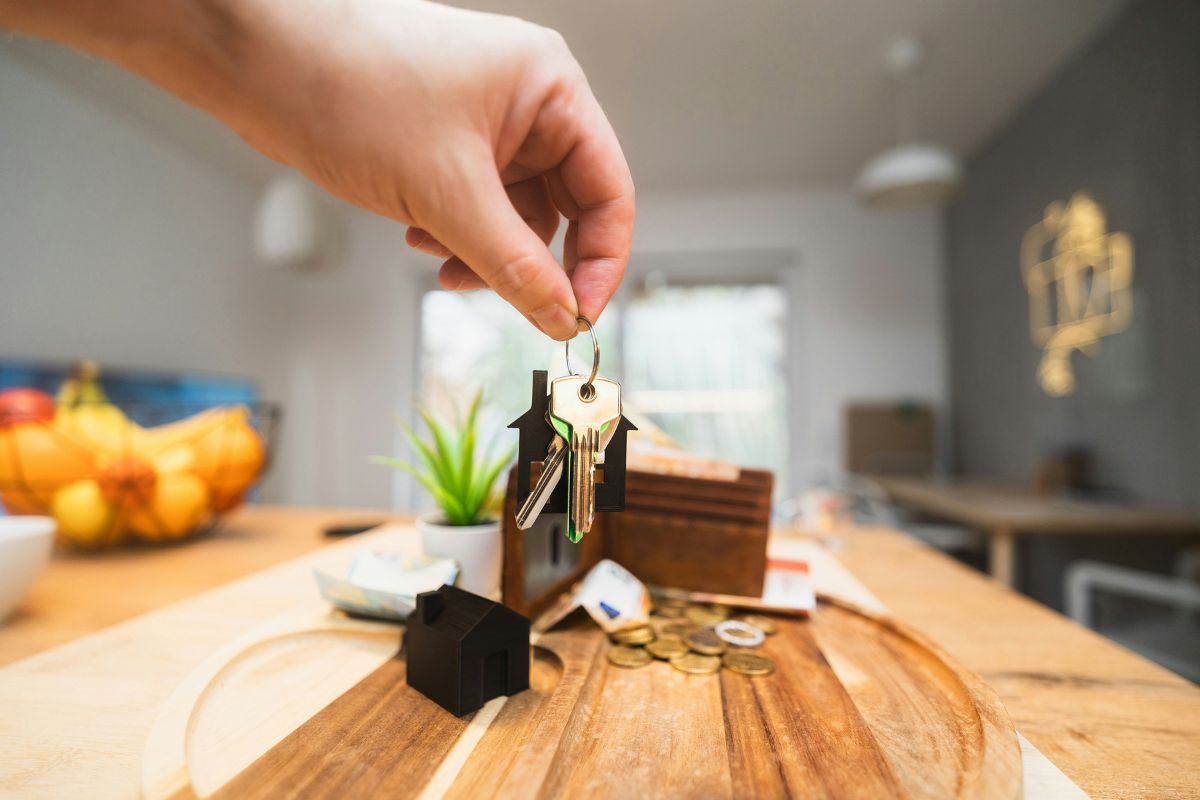The Art and Science Behind Estimating Property Value
Understanding a property’s value is crucial for investors. Whether you’re planning to use equity to leverage into further assets and expand your portfolio, assessing whether to buy a new property, or even when selling one to pay down debt.
Getting it right can leave you hundreds of thousands of dollars and years’ worth of market cycles better off than getting it wrong.
Think of the people who bought and sold properties in 2020, just before the Covid boom. Buyers experienced uniform gains of more than 30% in value across most of Australia in just a couple of years. Sellers missed out on those gains.
This was an example of market dynamics, which is one of the main drivers of values. But there are a lot of other things to consider too.
Determining value for different property types
Assessing the value of a residential property means considering whether it’s a house or unit; freestanding, semi-detached, or in strata; its location; its size, number of bedrooms and bathrooms; its condition and its proximity to schools, transport, shopping and other amenities. A 4-bedroom house, for example, will usually be worth more than a neighbouring house the same size that only has 2 bedrooms. If every house in a suburb has a swimming pool except yours, you could probably expect yours to be slightly less valuable.
If you’re looking at commercial property, the most important factors will likely be location, size, accessibility and the economic state of the surrounding area. The potential for rental income, plus zoning regulations will also affect value. A great big office space will be a lot more valuable in a bustling CBD than in an outer suburb with limited office workers or employers.
Market dynamics
Returning to the Covid boom example, there were several market factors at play that drove accelerated growth in property values right across Australia. First, interest rates were slashed to 0.1% by the RBA, a historic low that meant borrowing for property had never been cheaper. Then, there was the already in place shortage of supply to meet the demand for housing. Finally, a number of government stimulus initiatives such as JobKeeper, HomeBuilder, the ability to access superannuation and other grants, propped up the economy and the housing market.
The result of those conditions saw property in some areas double in value in just 18 months.
If you were smart enough to predict that outcome, you would have made a lot of money by investing in property at that time.
Of course, events like the Covid pandemic don’t come along very often. Generally speaking, the market dynamics you need to understand will be:
- Supply and demand- In high demand areas with limited supply, values tend to rise, while in over-supplied areas, they fall or plateau.
- Economic conditions- Overall economic conditions for a country, state or region such as employment rates, GDP and consumer confidence will also affect property values.
- Interest rates- Buyer demand is affected by fluctuations in interest rates due to the effect they have on borrowing power. For example, a borrower today, with the cash rate at 4.35% can borrow about 30% less than they could have in March last year. So if they were able back then to borrow $1 million, they are now in the market for $700,000 properties. It’s a significant difference.
Selling versus assessing
The problem with following the ‘market value’ of your property means you can only achieve that value by selling it. Say the market is hot and you decide to sell, you might find competition between eager buyers will push the property hundreds of thousands of dollars above its estimated selling price.
If you want to release equity, rather than sell, you won’t achieve the same value. Instead, you’ll be subjected to the more conservative and data-reliant estimations of a bank.
Lenders will use various methods to estimate your property’s value. The most common are:
- Comparative market analysis (CMA)- This method compares your property to similar ones in your local area. It will take into account a number of recent sales in the area to get an idea of market conditions.
2. Cost approach- This looks at what it would cost to replace a property with a similar one. This method may be useful for areas where properties are brand new and there are limited comparable sales to analyse. Often, land value makes up the bulk of a property’s value in the eyes of the bank, so adding land value estimates to construction costs can be a pretty good indicator of value.



